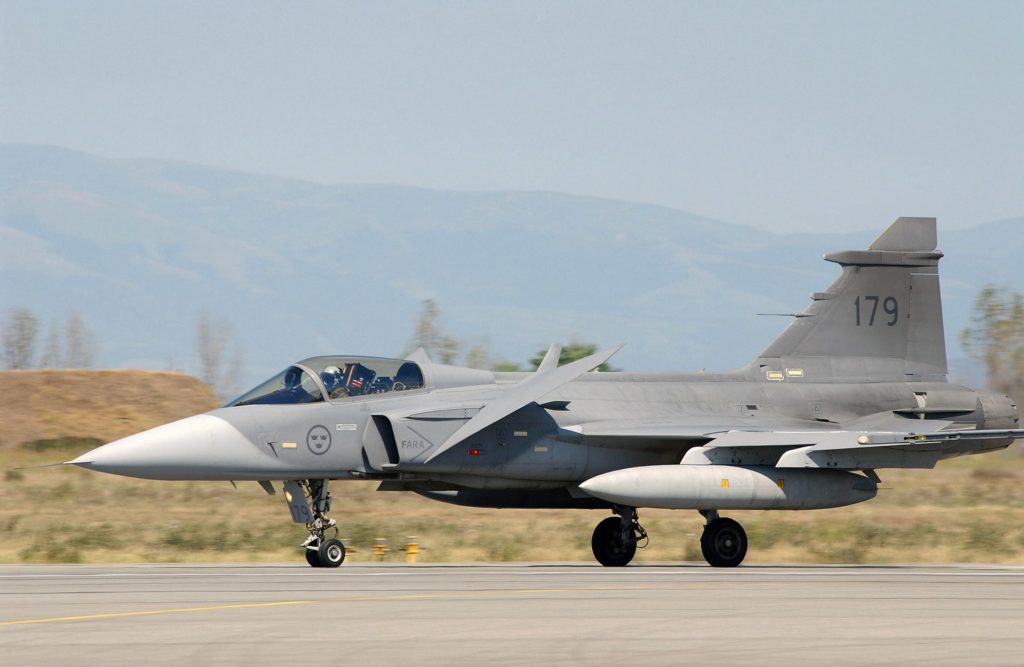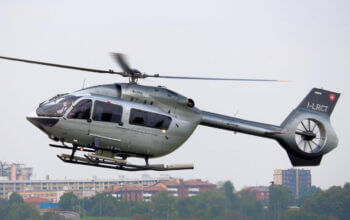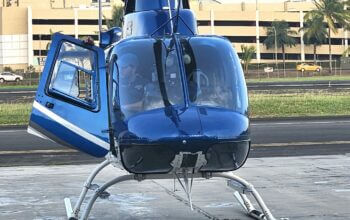Estimated reading time 4 minutes, 19 seconds.
Fighter jet manufacturers are well aware that advances in technology can take years, if not decades, to introduce, creating a constant struggle to match the pace of technological change and the evolution of threats.

In a panel discussion at the Aerospace Innovation Forum in Montreal last week, executives from Airbus, Boeing, Dassault Aviation and Saab described how a change from closed “black boxes” to more open mission architecture is allowing faster and easier acceptance of technology from wider sources.
Wolfgang Gammel, head of combat aircraft for Airbus Defence and Space, acknowledged the need to be much faster to market with new technology. He noted the shift in focus from “kinetic weapons” to “data fusion and the cyber piece” now driving new capabilities, but said the goal has been to “keep flexibility” in the Eurofighter Typhoon to allow customers “to adapt the aircraft as threats change.”
He also noted the wealth of data becoming available on all advanced fighters, and the ability to predict maintenance requirements, better manage costs and improve availability, all of which should impact the overall life of the airframe.
Pontus de Laval, chief technology officer for Saab, said the life management approach to the Gripen JAS 39 has been continuous change rather than one large midlife upgrade. The version currently operated by the Swedish Air Force is “actually edition 20.”
For the Gripen NG now undergoing flight tests for the Brazilian Air Force, the aim has been to make “continuous evolvement of the platform much easier,” he said. That has been achieved in part by separating flight critical and mission critical systems, to allow Saab and the customer to introduce new sensors and other capabilities without significantly affecting “systems that keep the aircraft flying.”
By using virtualization of avionics to introduce software and hardware changes, Saab has also been able to minimize the effect of one on the other as upgrades are made.
“Software kills you in big programs if you are not careful,” de Laval observed.
The company has also recognized the role artificial intelligence and machine learning could play, especially on the future computing capacity of a fighter, and is investing about US$400 million in research to understand to prepare and capitalize.
Boeing has long bet on incremental technology upgrades for the Super Hornet, providing a “roadmap forward” for the platform. But the Block 3 will introduce the Distributed Targeting Processor-Networked (DTP-N), an open mission system “to enable these future technologies,” said Troy Rutherford, director of the company’s HorizonX program.
From autonomy to AI, the user experience in the cockpit will change dramatically. Boeing too has invested heavily, seeking small start-up companies to develop these capabilities.
“What plays over the course of time is the ability to adapt to the threat,” he said.
Any new technology must reach a certain level of maturity before it can be integrated into an advanced fighter. Bruno Stoufflet, chief technology officer for Dassault Aviation, said the company has leveraged its Falcon family of business jets “to embark some demonstrations” of new capabilities.
“There is a strong commitment of the French weapon agency to have a family of demonstrations in the future based on [the] Rafale.”
That has opened the door to more research with small- and medium-sized business. Previously, Dassault collaborated more with academic teams or larger players in the aerospace and defence industries.
“It has changed completely. We were asked to integrate more SMEs into our research programs…so now we understand what they can bring in research and innovation projects,” said Stoufflet.








